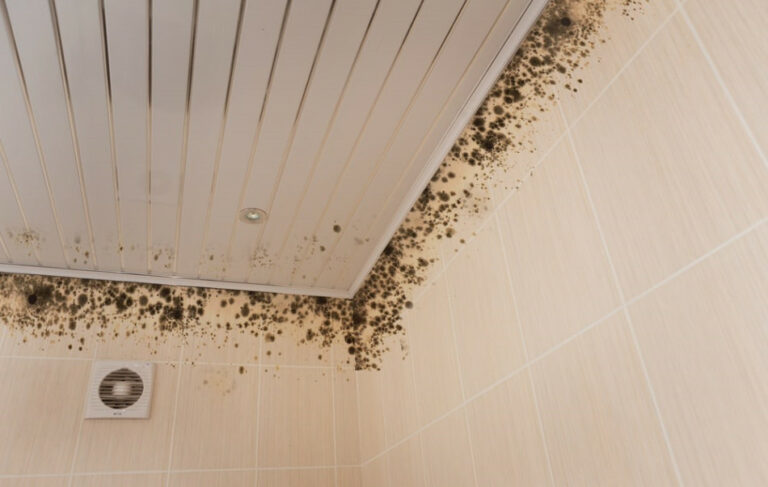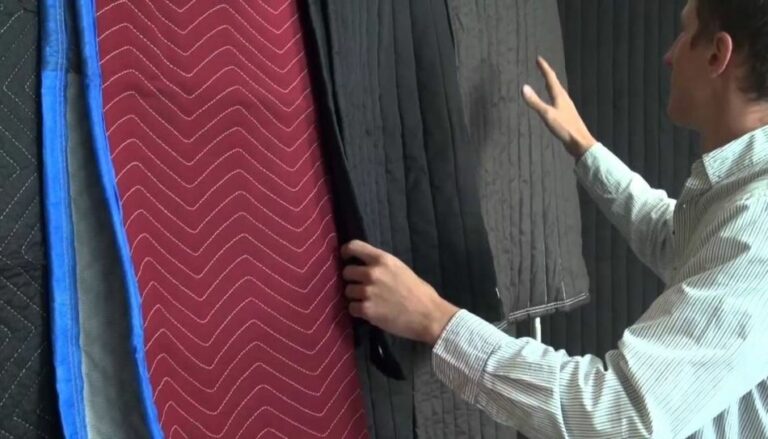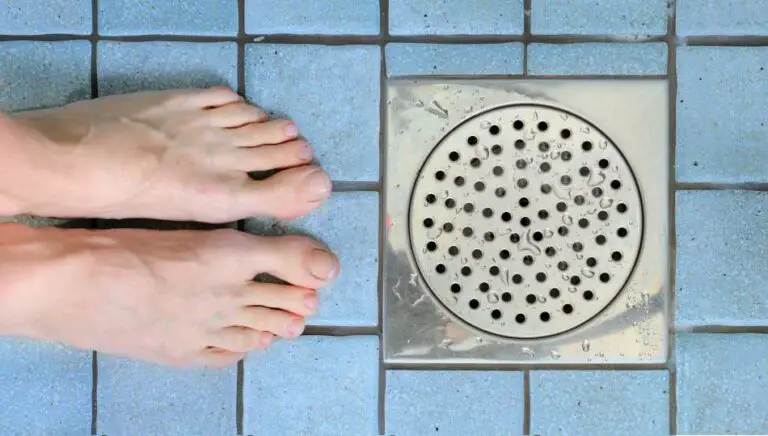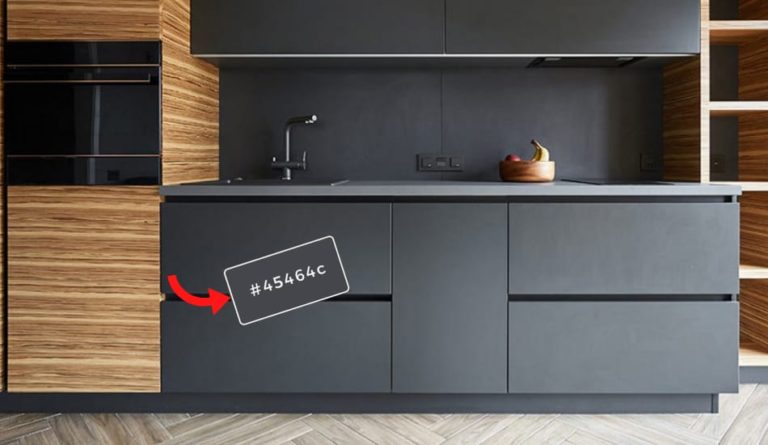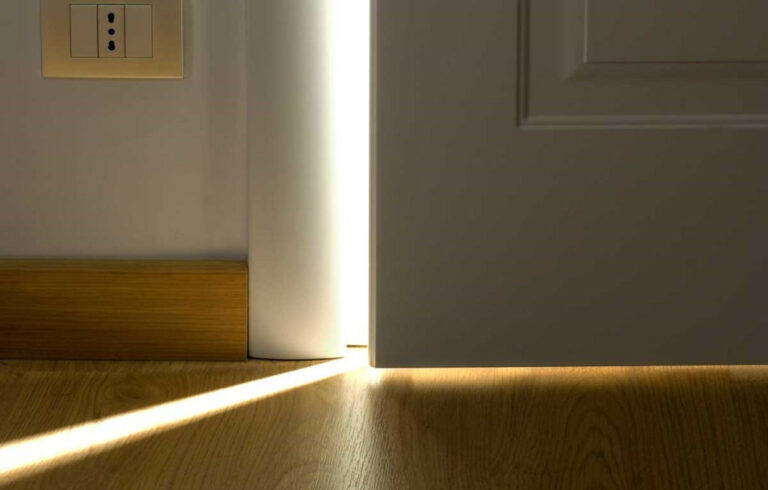How To Dry Out A Basement Fast? Expert Explain
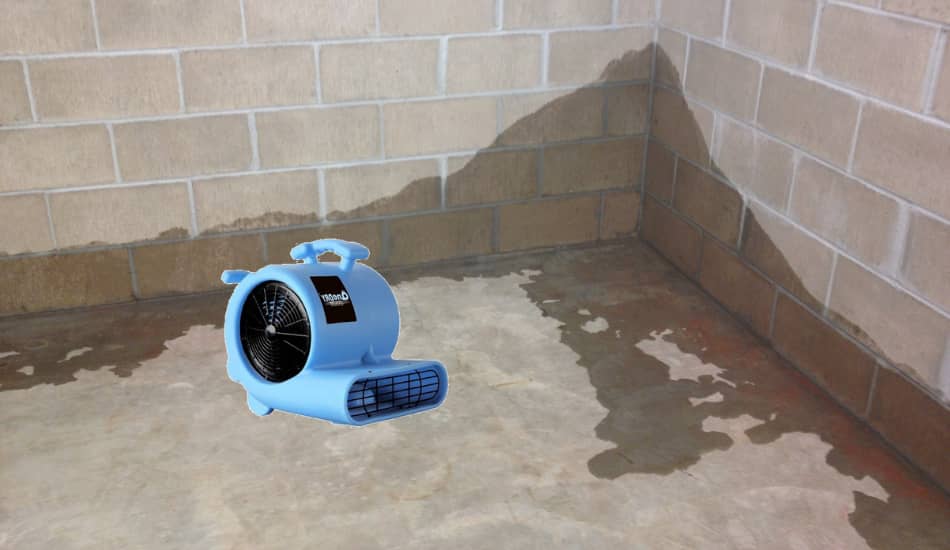
We often have various problems in our home, but one of the most challenging problems we can have is if our basement gets flooded. When this happens, you need to react fast and find a way to dry your walls so that moisture does not appear and creates unpleasant odors.
Although this is not a very common occurrence, it requires prompt intervention, so it is necessary to know how to proceed. In this article, we will explain in detail how you can dry your basement fast and what you need to pay attention to. So, let’s start!
Table of Contents
How To Dry Out A Basement Fast?
So How To Dry Out a Basement Fast? Typically, the best way to dry out a basement fast is to use high-volume fans and dehumidifiers. By using fans, the water will evaporate in the air while the dehumidifiers will help pull it out from the air. This process usually takes around 12 hours and requires at least two fans to face the walls.
Wet Basements – What You Need To Know
We understand that when you think of basements, the first thing that comes to your mind is that strange and damp space that nobody ever goes down. This is not what a basement should be like, though. In many cases, the basement tends to be prone to leaks and damage caused by water.
When you find that your basement is wet and smelly, it can be a very frightening and frustrating set of circumstances. The last thing that someone thinks about doing after dealing with such a problematic situation is to sit down and spend hours researching how to dry it out. Fortunately, we have all the answers for you right here.
It would also be advisable to read What Is The Ideal Basement Humidity Level?
Most Common Reasons Why Basement Is Wet
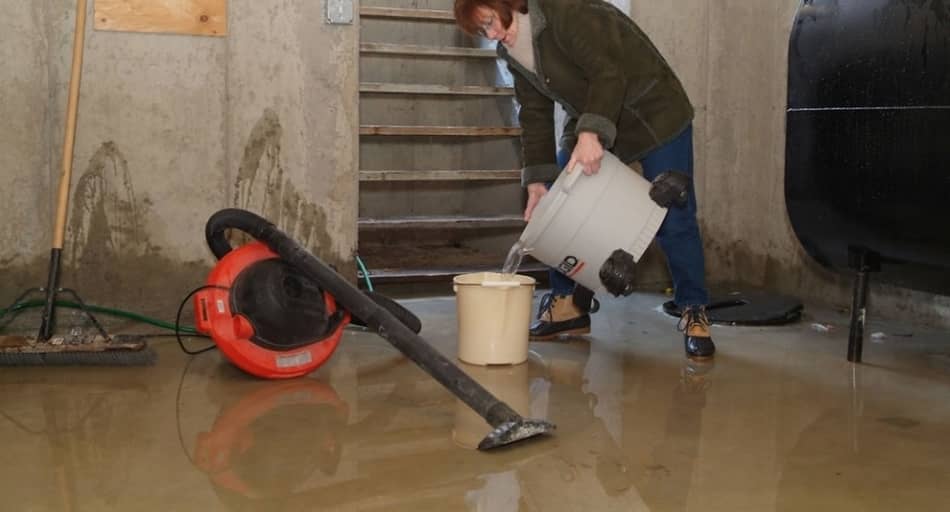
- Condensation Process:
When we deal with a wet basement, knowing and understanding its cause is extremely important. There are many causes for dampness in most basements – most of which have to do with the area being inherently prone to moisture.
What makes your basement always feel damp? First, there is usually a buildup of moisture. Second, the combination of the moisture in the air with temperatures that are below zero, as in basements and pipes that are not insulated, causing moisture in the wet form to precipitate as tiny pools or puddles on surfaces.
Third, this process creates more apparent symptoms such as visible water rings around objects near where humidity levels are high enough to happen frequently. Finally, mold growth may start if conditions aren’t corrected.
- Run off:
Many people have been dealing with issues regarding water damage to their basement floors due to improper drainage. Usually, the problem has been traced back to old gutters that can no longer carry water away or blocked drains that prevent water from flowing. Some other reasons for this wetness in your basement floor could be a blocked drain pipe, sump pump, or even a defective window well cover.
Why does this happen and how to prevent it? First, make sure to run all rainwater through an external drainage system before it enters the landscape. This will not only keep moist soil from affecting its foundation but also protect against hydrostatic pressure that pushes moisture into floors and walls during heavy downpours when there’s no outlet for excess liquid volume in properly-run pipes systems.
- Penetration Of the Subsurface:
Do you know those days when it rains and your basement floods? The most frequent cause is groundwater level; modern houses are built on soil with high retention capacity like clay. As a consequence, rainwater collects below the ground every time it rains.
Almost immediately, hydrostatic pressure will push this extra-large amount upward into available spaces around the house: firstly through any cracks between bricks (which can lead towards rot) before finally making its way up to ceilings where leaks happen.
Related Article: Finish A Basement Without Drywall Or Studs
Keep Basement Dry As Soon As Possible
Having a wet basement is a huge bummer. If the water is not quickly and effectively eliminated from your basement, you could end up paying a lot more money for repairs. Water, of course, has a devastating ability to destroy things if it isn’t remediated efficiently and soon as possible. What’s the reason?
The greater amount of time water resides within an area, the more destruction it can inflict upon structures and foundations themselves. If you need some quick tips about how to dry out your basement fast, then look no further! In this section of the post, I will be providing you with a step-by-step plan of what you can do to make sure your basement is dry within 2-3 hours.
I’m here to help you get the fastest drying basement method ever. It all depends on how much preparation work needs to be done, but no matter which option works out best, I can promise it won’t take more than a few hours! To have the fastest drying basement method all depends on these factors:
- The amount of water
- The space of your basement
As we’ve already mentioned, the size of the basement plays an essential role in drying it out successfully. There are many ways to go about it, but for this guide below, I will choose a typical basement size to explain exactly what needs to be done when you’re faced with a dry basement.
Step 1: Make Sure There Are No Dangers
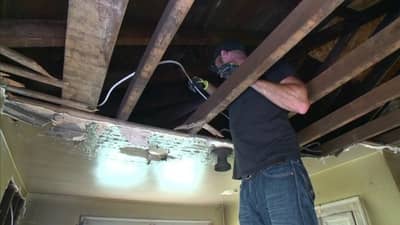
When cleaning the basement, make sure it is safe for you to clean, especially if you have some electrical connections out there. It’s essential to ensure that no exposed wires and that the electrical connections are secure. Always turn off power at your control panel before working with electrical appliances like vacuums or drills because once plugged back in, they can give you a nasty shock even on lower power settings.
Step 2: Determine The Source Of the Problem
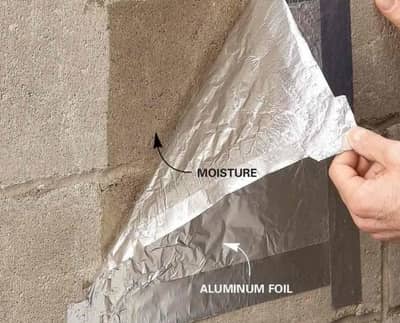
Finding a water source in your basement can be a long and extensive process, but it is important to note that this isn’t the only thing you need to worry about when dealing with a wet basement. There are many different methods for finding where your leak might be coming from, but if you’d like a simple way to identify your problem quickly and easily, it is to recognize water by color! Here is how:
Category A: If you have clean water, it could be coming from one of these places: A bathtub, sink, or even an old leaky pipe.
Category B: If you have the greyish color of water, it could be coming from: a washing device or dishwasher.
Category C: If your wastewater is odorous and looks almost black, this may be linked to the toilet soak, water has been spilled, or chemicals are found in it. You need to have a professional check it out and fix it, so you don’t have to worry.
Step 3: Eliminate The Source Of the Problem
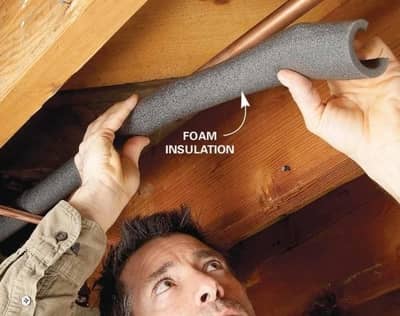
Ultimately, the sources from categories A and B are turned off by shutting off the main water valve for the apartment building. For references found in category C, hiring a professional may be necessary because it is more complex than before.
Step 4: The Water Must Be Dried Out
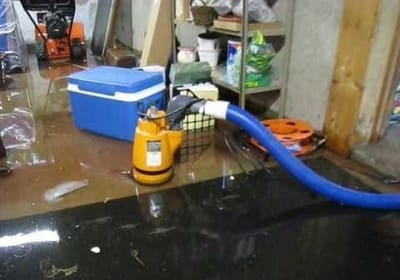
Since this is our key focus, the majority of our work revolves around this primary goal. First, you’ll want to get rid of the water as quickly as possible. It is necessary to proceed rapidly through this stage to remove the water without letting anything remain.
Fungal growth may begin to develop if you don’t remove all the water within 24-48 hours. Use a small submersible pump, a blanket, or even an electric vac device to extract the water to remove excess moisture.
Step 5: Collect And Remove All Basement Items
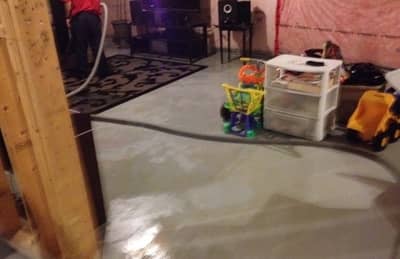
It’s crucial to find a way how to remove all belongings out of the basement after the water has flooded it. Depending on how much stuff there is, you might want friends or family members’ help because removing all this extra moisture can be challenging alone!
When faced with flooding, the best thing you could do is try not to let things get too bad by not removing any furniture around until we know whether our basement needs drying out more than expected for some reason.
Step 6: Clean Up the Basement
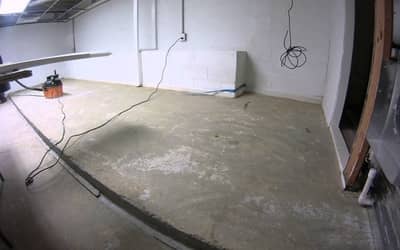
When cleaning your basement, warm soapy water isn’t always enough to get the job done. To ensure your basement looks its best for guests and family members, you should consider using a pine oil and bleach mix by spraying walls and floors. The deodorizing spray also works great because it’ll keep any unwanted smells from filling your basement and covering up that beautiful pine scent!
Step 7: Ensure That There Is No Moisture In the Basement
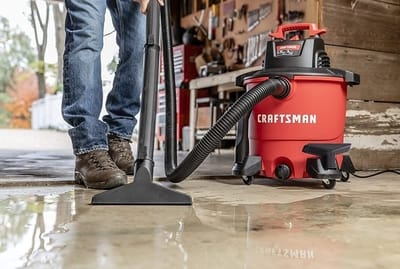
Drying out the basement can be a tough job, but it’s essential for preventing mold from growing. So as soon as you clean up your sewage-filled crawl space or dirty laundry room with rigid plastic walls and floorboards – find an effective way of drying them, so they don’t accumulate more moisture than is already there! Maybe using different range air movers depending on their size would help?
And if possible, try setting up some burst mode to finish off any residual dampness left behind by molds before they have time chance at retaking hold. Afterward, turn on those dehumidifiers too because, without enough ventilation, these areas will continue attracting some moisture.
Step 8: Check the Basement For Mold And Start Disinfecting the Area
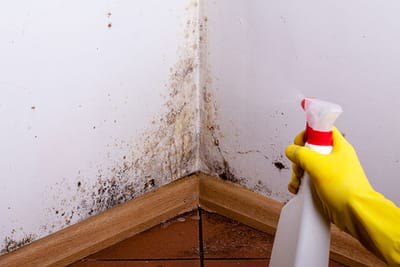
As we already said, it only takes less than one day for mold to grow, so you should make sure that all of your basement’s potential problems are dealt with. Also, be sure to check other parts inside the house to make sure you get rid of the mold.
The best way would be antimicrobial chemicals such as pine oil cleaners, which can help clean up quickly. They won’t hurt anything but rapidly kill off unwanted bacteria/mold & fungus without harsh chemical agents.
Important Tips On How To Have a Dry Basement
It is now time to discuss how you can avoid basement dampness in rainy and humid periods. Here are a few preventative tips to consider:
Tip 1: Remove Excess Moisture From the Air
The biggest source of unwelcome moisture air in your basement is from a leaky washer and dripping faucets. To prevent this, seal up any cracks around pipes with foil tape or use an electrical plug cover so they cannot be plugged back into an outlet when not used.
This will help maintain humidity levels down. Also, in severe cases where condensation builds up on windowsills due to low temperatures outdoors- try using stand-alone dehumidifiers instead but make sure it’s close enough for portable ones to work correctly!
Tip 2: Pipes Need To Be Properly Insulated With Foam
Have you ever seen a pipe covered in condensation? It’s not just water vapor coming from the ground, but also how easily air can seep into these materials. Inexpensive foams are an affordable and effective way to prevent this type of problem from happening again!
Tip 3: Ensure the Wall Is Insulated And Waterproofed
The most common water source from the outside leads to moisture in the wall; however, you may avoid this by sealing the building with polystyrene. A coat of paint may also aid in filling a wall, but it will only be successful in preventing water leakage through the wall if the paint is applied directly to the exterior wall itself.
Tip 4: Remove Water From Foundation
The underlying structure of your home is one of the most important parts to protect, and it’s even more vital during periods of heavy rain. To keep water away from this area, ensure you’ve checked your downspouts for proper drainage above ground level as well as modified any channels in gutters or pipes that run near them.
Hence, they extend at least 4 feet off-ground before emptying into their respective sinks/tanks and keeping water away from the foundation which keeps our home dry!
Tip 5: Invest In A Drainage System
Installing a drainage system in your home is not an easy task. But if you can get it done yourself, then do so because this will save you money. So, in brief: install some pipes into the floor of your basement and connect them up using sump pumps that force excess water outside quickly.
For those who want to know more, read Finish A Basement Without Drywall Or Studs.
Final Thoughts
- Basements are highly essential parts of any house, and you should take care of them.
- Water may reach into the basement in a variety of different ways.
- Drying out your basement is essential for the safety of you and those around you.
- The speed at which your basement dries relies on the capacity of the space and the quantity of water present;
- After you are finished drying up your basement, be sure to prevent this from happening in the future.


